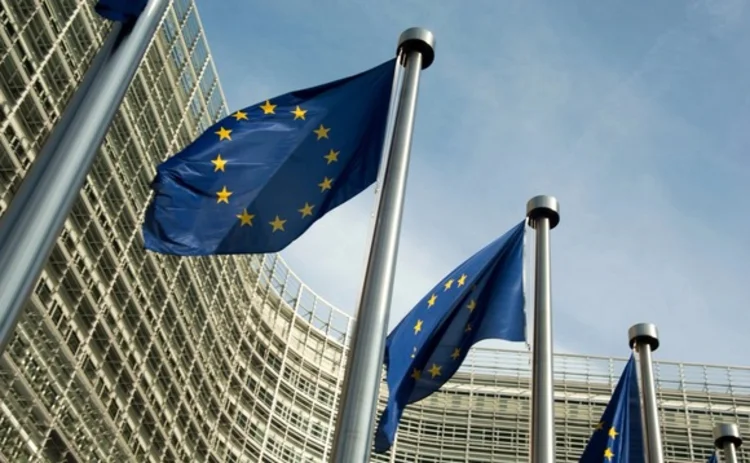
Hysteresis can explain eurozone peculiarities – Eichengreen and Bayoumi
Eurozone has not responded to shocks in the way economic theory would normally imply

A form of hysteresis can explain the unusual response of eurozone countries to shocks, according to a working paper published recently by the International Monetary Fund.
Tamim Bayoumi and Barry Eichengreen find that since its creation, the eurozone has responded strangely to positive supply shocks. Normally such a reduction in costs would be seen as lower inflation, but in the case of the eurozone, inflation tended to rise.
The authors suggest this may be due to a form of financial hysteresis
Only users who have a paid subscription or are part of a corporate subscription are able to print or copy content.
To access these options, along with all other subscription benefits, please contact info@centralbanking.com or view our subscription options here: subscriptions.centralbanking.com/subscribe
You are currently unable to print this content. Please contact info@centralbanking.com to find out more.
You are currently unable to copy this content. Please contact info@centralbanking.com to find out more.
Copyright Infopro Digital Limited. All rights reserved.
As outlined in our terms and conditions, https://www.infopro-digital.com/terms-and-conditions/subscriptions/ (point 2.4), printing is limited to a single copy.
If you would like to purchase additional rights please email info@centralbanking.com test test test
Copyright Infopro Digital Limited. All rights reserved.
You may share this content using our article tools. As outlined in our terms and conditions, https://www.infopro-digital.com/terms-and-conditions/subscriptions/ (clause 2.4), an Authorised User may only make one copy of the materials for their own personal use. You must also comply with the restrictions in clause 2.5.
If you would like to purchase additional rights please email info@centralbanking.com test test test







